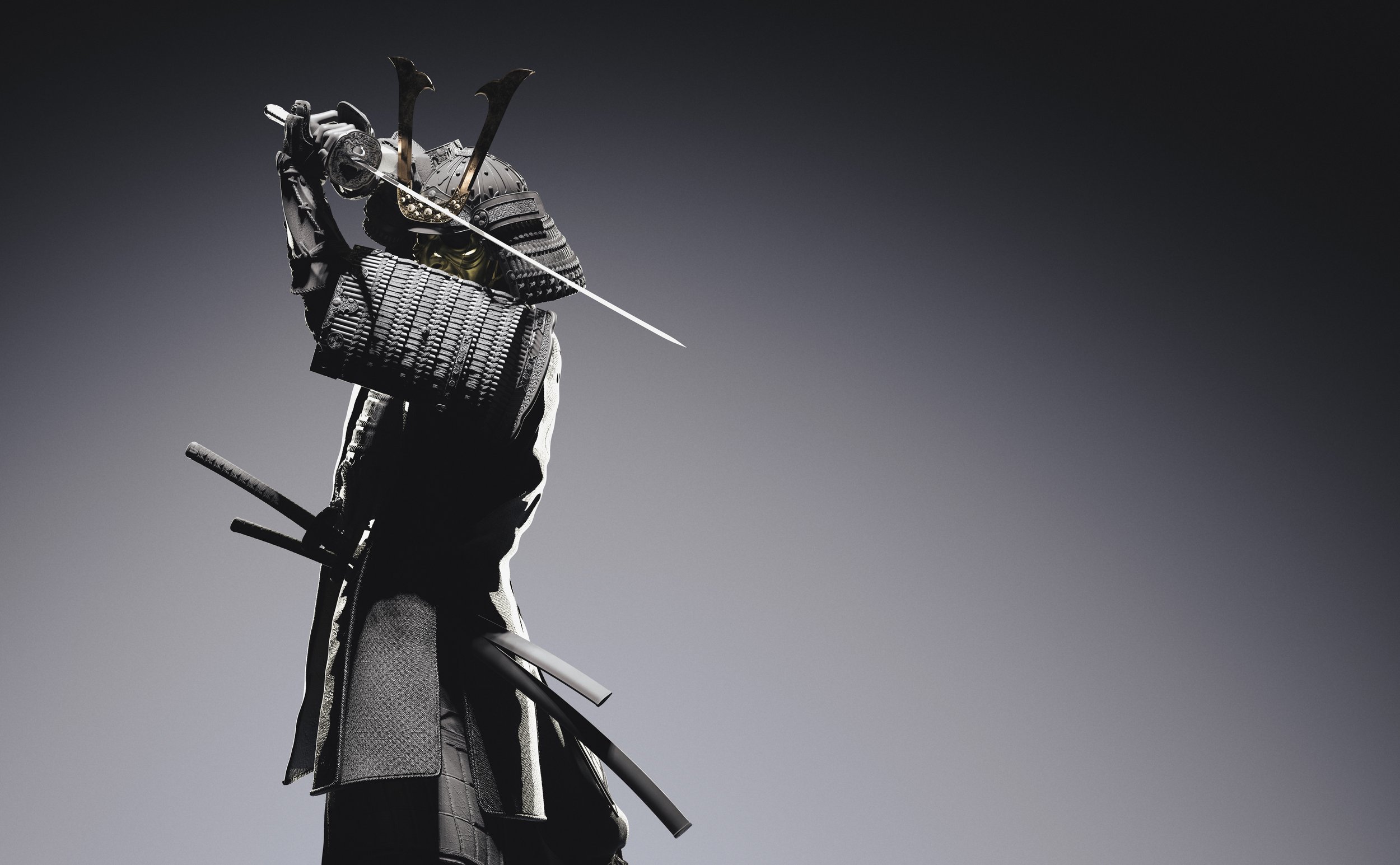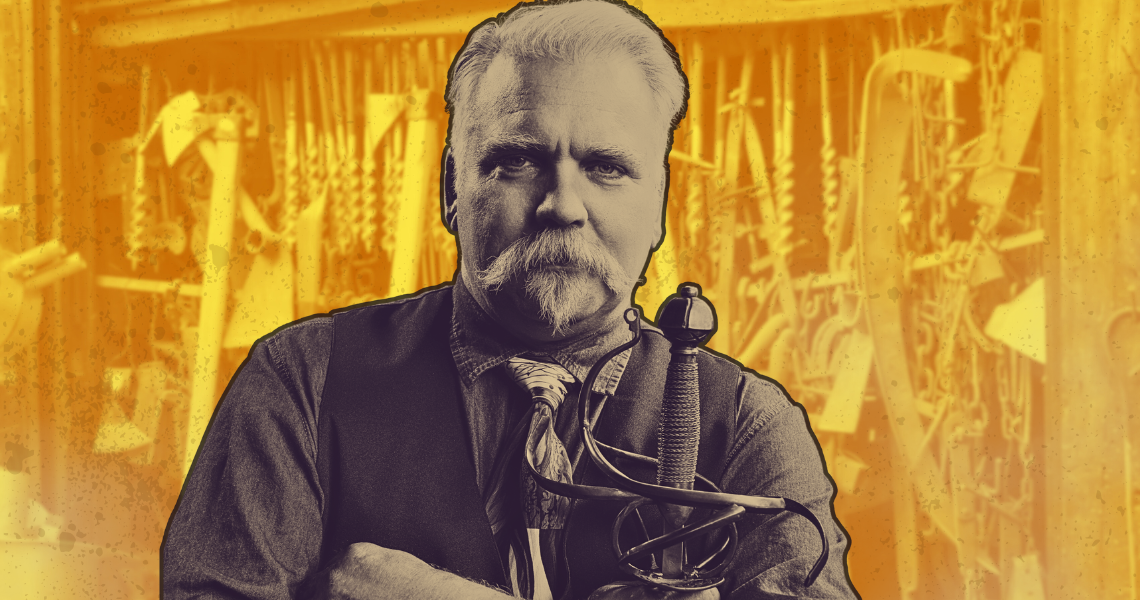Fact Vs. Myth: The True Story Behind the Legendary Samurai
Samurai warriors have been immortalized in popular culture through movies, TV shows, and books. However, separating the truth from myth about these iconic warriors can be challenging. Let’s explore the truth and myths surrounding the legendary Samurai warriors.
Samurai were the warrior class in feudal Japan, who lived by a strict code of honor known as bushido. This code emphasized loyalty, honor, self-discipline, and respect for others. Samurai were skilled in martial arts, archery, and horseback riding, and they were renowned for their bravery and skill on the battlefield.
Myths about the Samurai
One of the most persistent myths about samurai warriors is that they were all skilled swordsmen. While it is true that samurai were trained in the use of swords, not all samurai were proficient in sword fighting. Samurai also used other weapons, such as bows and arrows, spears, and guns.
Another myth about samurai is that they were all wealthy and lived in opulence. In reality, the majority of samurai were not wealthy, and many lived a modest lifestyle. While some samurai did amass great wealth, many were struggling to make ends meet.
The myth that samurai were emotionless killing machines is also far from the truth. Samurai were trained to control their emotions, but they were still human beings who experienced a wide range of emotions. Samurai were expected to be compassionate and kind to others, and they often worked to help the less fortunate in their communities.
RELATED: THE NINJA- WHERE DID THEY GET THOSE WONDERFUL TOYS?
Samurai were also not invincible warriors. While they were skilled fighters, they could still be defeated on the battlefield. Samurai were not immune to disease, and they could also be killed by accidents or natural disasters.
One of the most significant myths about samurai is that they were all men. While it is true that the vast majority of samurai were men, there were also female Samurai, known as Onna-bugeisha. These women were trained in martial arts and often fought alongside male samurai in battles.
Samurai in pop culture
In popular culture, Samurai are often portrayed as lone warriors who fought for personal glory. However, in reality, Samurai were often members of a clan or lord's army and fought to protect their community or lord. Samurai also worked together with other warriors, and teamwork was essential on the battlefield.
The portrayal of Samurai in popular culture also tends to romanticize their way of life. However, the reality of being a Samurai was often brutal and violent. Samurai were expected to be willing to die for their lord, and seppuku, or ritual suicide, was a common practice among Samurai who had failed their lord or felt they had brought shame upon themselves.
Samurai weren’t who we think they were
The truth about Samurai warriors is often different from the myths perpetuated in popular culture. While Samurai were skilled fighters, they were not all swordsmen, invincible warriors, or wealthy. Samurai were also not emotionless killing machines and often worked to help others in their communities. While the lives of Samurai may be romanticized in popular culture, the reality was often brutal and violent, with Samurai expected to be willing to die for their lord. By understanding the truth about Samurai warriors, we can appreciate their contributions to Japanese history and culture without perpetuating myths and misconceptions.
About The Author
More from BDF














